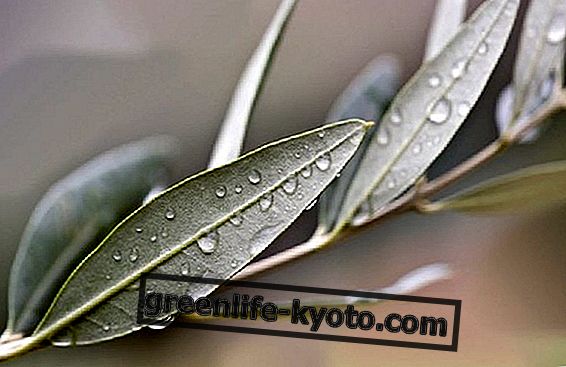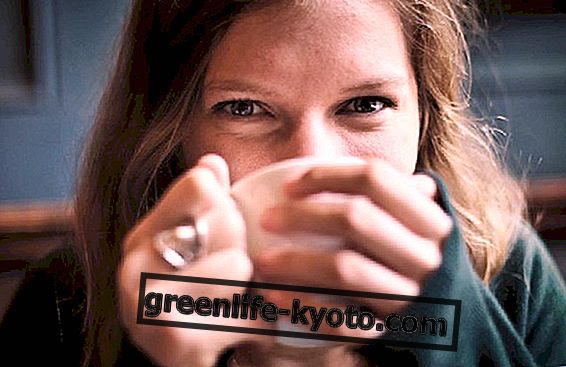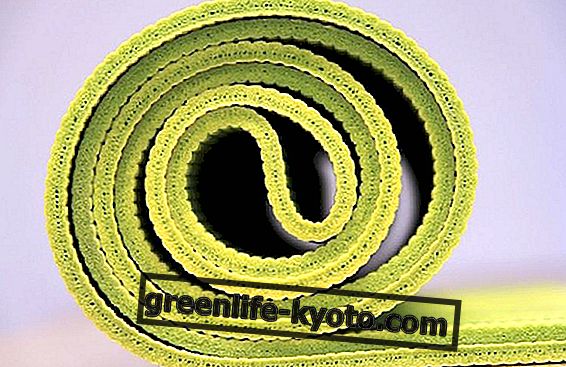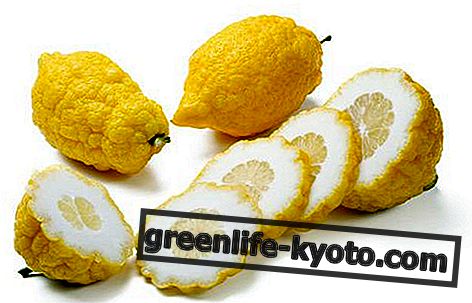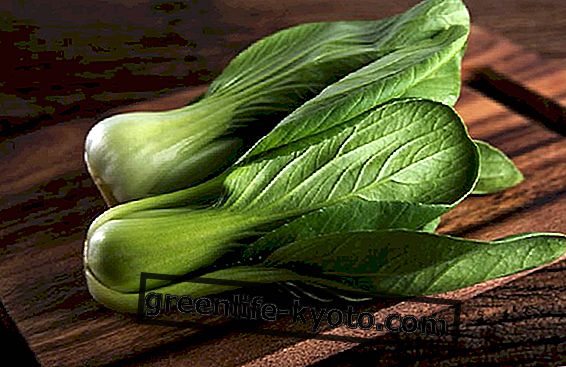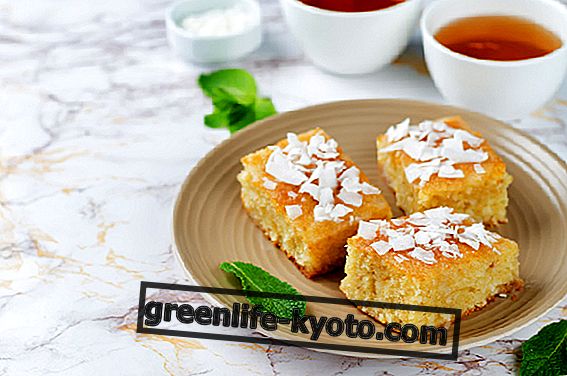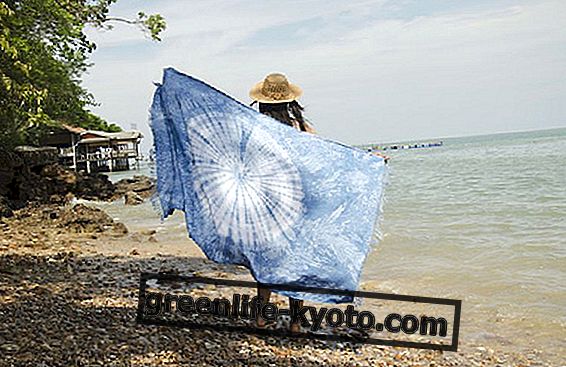
Shibori, a bit of history
The shibori is a very ancient decorative technique that comes from the Japan of the VIII century and that consists in dyeing natural cotton fabrics, tying them, folding them and manipulating them, in order to obtain certain "patterns" or patterns models that create an evocative abstract fantasy.
In addition to cotton, silk and hemp were once used, and the main color used was natural indigo, as well as coral and shades of purple.
This type of dyeing is also called "reserve dyeing", in which parts of the yarns are protected by a tight binding, clothespins, or other methods and materials depending on tradition. In fact, there are no shibori: similar techniques are the Indonesian Ikat - revived in 700 in France with the name of Chiné - and the Malay technique Plangi, then used also in Hungary.
How to make shibori on fabrics
There are many techniques - often complex and requiring great patience and skill - to follow to give fabrics a different design each time; the techniques can also be used simultaneously.
Here is a video that shows you how Japanese women pass on the tradition of shibori.
But let's get to the simplest and most fun part: learn the basic technique that, nourished by imagination, skill and play of colors, opens the way to new discoveries; here's what you need to do shibori :
> Disposable latex gloves and a plastic sheet;
> White cotton thread, elastic bands, square wooden dowels, wooden stakes, wooden clothespins;
> Natural indigo dye (found at the most supplied paint factories; a good online retailer of colors and fabrics is DHG Shop, which ships all over the world); you can also order the indigo natural dye kit via Amazon;
> Natural white cotton fabric;
> 2 large plastic bowls.
Process for making shibori
Put on your gloves and get started! Start by mixing the indigo in a bowl according to the instructions found in the package purchased . In the meantime, fill the other basin with water. Please note that indigo is sensitive to contact with oxygen, so try to keep a plastic sheet over the basin as much as possible.
Once the fabric is folded or tied according to the three techniques explained below, it is time to dye: dip the fabric in the basin of water, then squeeze it a little with your hands and now dip it gently in the dye, taking care to keep it in bottom with hands if it floats too much. Ten minutes may be enough - you can in the meantime touch and move the fabric, so as to penetrate the color -, but the immersion time depends on the instructions and the tone you want to create.
When the fabric is then extracted from the indigo dye, squeezing it with your hands, it will be a yellow-green color, but do not panic, it is normal! Just leave it out in the air for a few minutes and it will oxidize, turning into a beautiful blue . You can open it immediately, or let the color penetrate even more into the fabric, this at your discretion; it will be a lot of fun to see the color emerging as if by magic.
Shibori models and techniques
The Kanoko-shibori is similar to batik, the Miura-shibori gives the stretch of flowing water, the Kumo-shibori combines folding and ligation giving spider-like shapes, the Arashi-shibori recalls the diagonal and violent rain of a "Storm", as the word itself indicates, Itajime-shibori uses wooden pieces tied together with a string to press the fabrics instead.
Simply by tying the fabric here and there with elastic bands are obtained; bending it on small squares it is possible to obtain parallel and perpendicular textures, by tying it tightly around a wooden post a diagonal warp is obtained. Then the experience, the passion and your taste and personal flair will do the rest. Here is to better illustrate the nice shibori tutorial by Cassie Stephens.
Attention: before using the fabric or the fabric it is important to rinse it under running water several times to avoid loss of color. Cannot be used for products with synthetic and artificial compositions.
Referral texts : Janice Gunner, " Shibori for Textile Artists"; "Indigo: the color that changed the world" Catherine Legrand. For those wishing to learn more about the evolution of this technique, also in Italy read Corrieredicomo.it.


